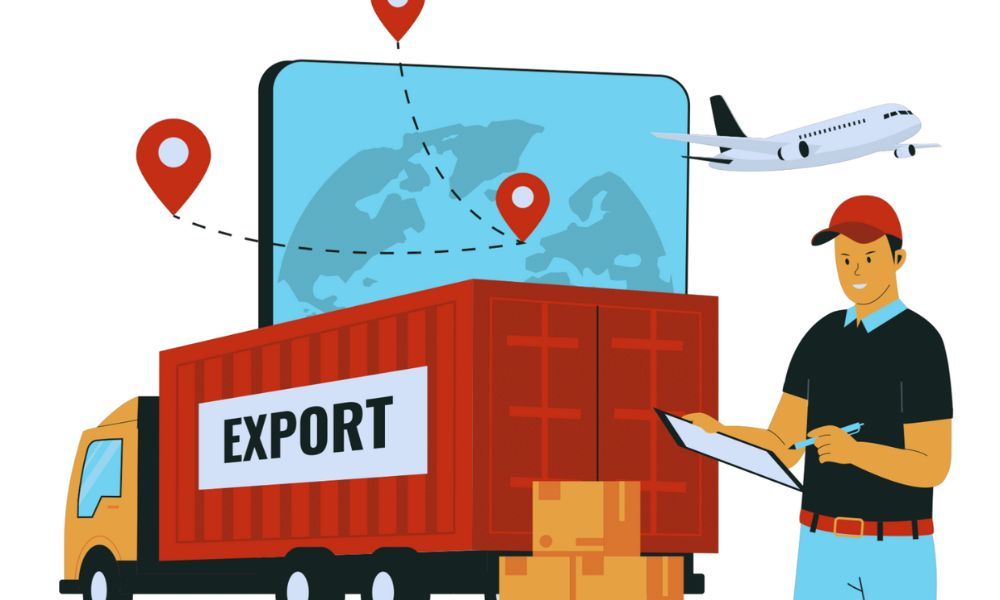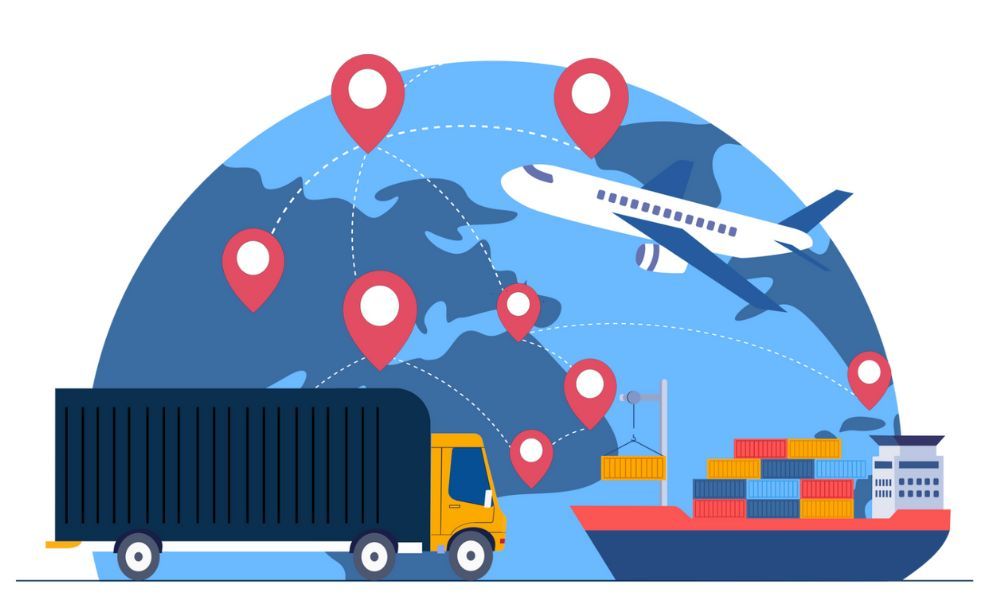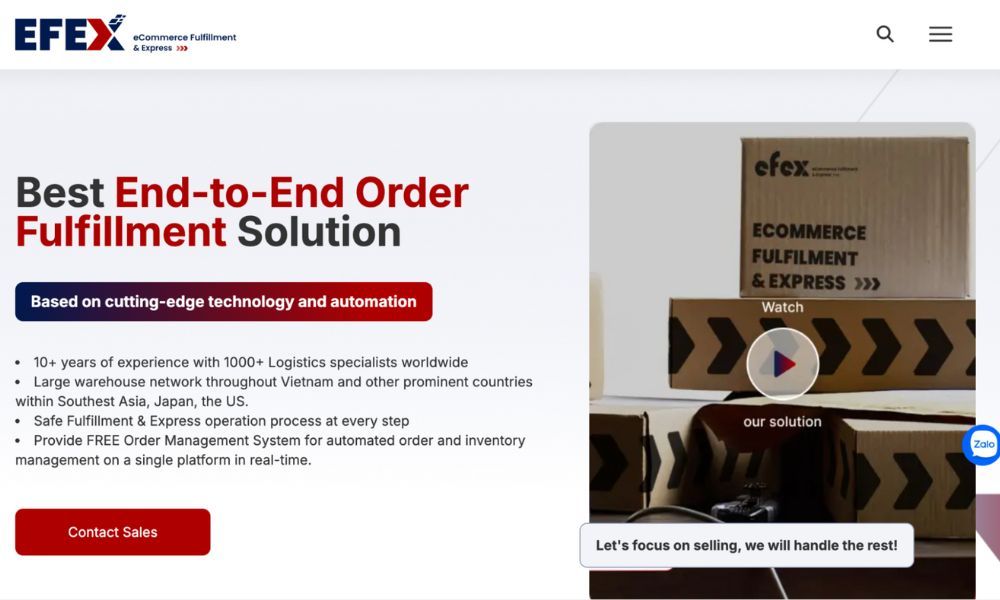
More Helpful Content
International shipping for eCommerce refers to transporting goods purchased online from a seller in one country to a buyer in another. Today, We will explore the key differences between domestic and international shipping, the numerous benefits of going global and practical cost management strategies. Whether you're just starting out or looking to scale your global reach, this article is your roadmap to international eCommerce success.

International shipping for eCommerce involves transporting goods across national borders, enabling businesses to reach global customers. This process includes packaging, customs clearance, and delivery, often through air, sea, or land transportation.
Compared to domestic shipping, international shipping is more complex, requiring navigation of customs regulations, longer transit times, and higher costs. It also demands sensitivity to language and cultural differences, impacting pricing and customer service strategies.
As global eCommerce grows, mastering international shipping for eCommerce is essential for businesses aiming to scale and compete worldwide. It offers significant growth opportunities but requires careful planning and execution.
International shipping differs significantly from domestic shipping in several key aspects:
| Key Aspect | Domestic Shipping | International Shipping |
| Customs and duties | No customs clearance or duties. | Must clear customs; duties and taxes may apply, raising costs |
| Shipping times | Generally fast, typically a few days. | Longer due to distance and customs, ranging from days to weeks. |
| Costs | Lower with simple pricing | More expensive with complex pricing based on various factors. |
| Packaging requirements | Standard packaging is enough. | Needs stronger packaging; some countries have specific rules. |
| Tracking and insurance | Detailed tracking; insurance is less critical. | Tracking may be less detailed; insurance is more crucial. |
Navigating customs is vital for eCommerce businesses in international shipping, as each country has its own rules. Important regulations include import restrictions, duty rates, de minimis thresholds, and special permits. Key documents usually required are:
With global eCommerce sales expected to reach $6.3 trillion by 2024, and cross-border sales growing twice as fast as domestic ones, the growth potential is huge. Plus, emerging markets in Asia, Latin America, and Africa offer tremendous opportunities, while even established markets can connect you with niche audiences.
International shipping for eCommerce allows you to overcome local market saturation, take advantage of seasonal differences, and benefit from varying economic conditions. To succeed, start by focusing on countries with strong demand and manageable logistics, then gradually expand as you gain more experience.
When your products reach a worldwide audience, your brand gains exposure across diverse markets and cultures, potentially becoming a recognized name globally.
This exposure leads to:
Brands like ASOS and Gymshark have used international shipping to transform from local businesses into global brands. These examples show how going global can open up new growth opportunities and elevate your brand’s status.
This happens for several reasons: they consolidate purchases to maximize shipping costs, seek products unavailable in their country, or view international goods as more exclusive. Favorable exchange rates can also make items seem more affordable, encouraging bigger purchases.
Cross-border shoppers typically spend 17% more per transaction than domestic shoppers, and in markets like China, AOV can be up to 2.7 times higher.
To take advantage of this trend, consider offering bundle deals, volume discounts, or free shipping thresholds that encourage larger orders. Showcasing complementary products can also help increase order value. Using these strategies, international shipping for eCommerce businesses can boost revenue from international sales.
Expanding into various markets reduces dependence on any single economy or market condition.
Key benefits include:
Product categories that often excel internationally include fashion, electronics, beauty products, specialty foods, and home decor.
To succeed, businesses need to conduct market research, localize their offerings, manage inventory flexibly, and adapt pricing strategies. Companies can build a more robust and adaptable business model by diversifying through international shipping.
Offering international shipping for eCommerce helps brands stand out, attract loyal customers, and secure better rates as sales grow. Shipping globally also boosts customer loyalty and adaptability to market trends.
Current trends favor global shipping: the pandemic has increased cross-border sales, logistics, and payment tech have improved, and emerging markets are demanding more international products. Invest in efficient shipping, provide great customer service, and stay updated on global market trends to make the most of these trends. Embracing international shipping keeps businesses ahead worldwide and sets them apart from domestic-focused competitors.

Effectively managing shipping costs begins with comparing carriers like DHL, FedEx, UPS, USPS (for U.S. shipments), and cross border shipping solutions for eCommerce. When evaluating carriers, focus on the key factors:
Remember, rates vary based on dimensions, weight, destination, and service level. Faster shipping costs more but may be necessary for certain products. Also, some carriers are better for specific regions or shipment types.
To make informed decisions, request quotes from multiple carriers, use online calculators to compare rates, and consider working with a shipping aggregator for discounts. Regularly review your carrier choices as your business needs change. By carefully comparing services, you can find the most cost-effective options, saving significantly on international shipping for eCommerce.
Negotiating better carrier rates can significantly cut shipping costs as your business grows. Here are some strategies:
For successful negotiations, come prepared with data on your shipping patterns, consider consolidating shipments with fewer carriers, and don’t overlook accessorial fees. Also, negotiating during slower seasons or working with a shipping consultant can help you secure better rates. As your business grows, remember that rates are often negotiable.
Optimizing your packaging strategy can significantly reduce international shipping costs, particularly with dimensional weight pricing. Dimensional weight (volumetric weight) is calculated by multiplying a package's length, width, and height, then dividing by a dimensional factor (usually 139 for international shipments). Carriers charge based on the greater of the actual or dimensional weight.
To optimize:
Regularly review and train staff on packaging techniques and consider software for complex operations. Focusing on these strategies can reduce dimensional weight charges and shipping costs.
Shipping insurance is crucial for international shipping for eCommerce but should be used strategically to balance protection and cost. Ensure high-value and fragile items and consider coverage for shipments to unfamiliar or unreliable destinations. During peak seasons, such as holidays, insurance becomes even more important when the risk of damage or loss increases.
To manage cost smartly, it’s recommended to follow:
Ensure you understand what each policy covers, include insurance costs in your pricing, and keep detailed records for smooth claims. Regularly review your insurance strategy to meet your business’s evolving needs.

Choosing the right shipping partners is essential for successful international eCommerce. Reliable partners ensure timely deliveries, proper handling, and compliance with international regulations. When selecting a shipping partner, consider their global reach, tracking capabilities, customs expertise, technology integration, customer service, and specialized services. Also, evaluate their financial stability and sustainability practices.
Reliable shipping partners contribute to the following:
To choose the best partner, request references, start with small test shipments, review performance metrics, and consider using multiple partners. The proper shipping partners are crucial as they directly impact customer satisfaction and your brand's reputation in international markets.
Effective international returns and exchanges management is crucial for customer satisfaction and operational efficiency. Here are key strategies to handle this complex aspect of global eCommerce:
Implementing these strategies can transform a potential challenge into a competitive advantage, building customer trust and loyalty in international markets.
Navigating international trade regulations is essential for successful global eCommerce. Compliance helps ensure smooth customs clearance, avoids penalties, and maintains a solid international reputation. Key considerations include understanding customs duties and taxes, export controls, import restrictions, and product safety standards. It's crucial to provide accurate documentation and be aware of each country's specific requirements.
To stay compliant, regularly check for updates to trade regulations, use Harmonized System (HS) codes for product classification, and implement compliance checks in your order processing system. Train your team on international regulations, work with customs brokers or trade compliance consultants, and use trade compliance software to streamline processes. Conduct regular audits and develop a formal compliance program.
Prioritizing these regulations helps avoid costly delays and penalties, build trust with international customers, gain a competitive edge, and ensure smoother global operations. Though complex, investing in compliance is vital for long-term success in international shipping for eCommerce.

Navigating international shipping can be complex, but EFEX is one of the cross border shipping solutions for eCommerce. Here’s a look at how EFEX helps streamline these processes:
Top international shipping destinations for eCommerce are Canada, the UK, Australia, Mexico, Germany, and France. These markets are favored for their proximity, large consumer bases, and trade agreements.
To minimize the risk of customs delays, consider the following strategies:
For international shipments, following best practices for adequate packaging is essential. Start by using sturdy, durable materials to protect your items throughout transit. Also, clearly label your packages, including all necessary customs information, to avoid delays. Optimize your package size to decrease shipping costs, as carriers often charge based on dimensional weight. Furthermore, include a detailed packing list inside the package to help with customs clearance and ensure fragile items are well-cushioned to prevent damage. By adhering to these guidelines, you can enhance the safety and efficiency of your international shipments.
Mastering international shipping for eCommerce opens up new markets and growth opportunities. Businesses can successfully navigate the global marketplace by understanding the complexities, leveraging benefits, managing costs, and ensuring compliance. The potential for expansion and increased revenue is significant, and with careful planning and execution, your business can thrive internationally.


